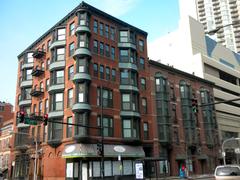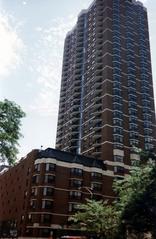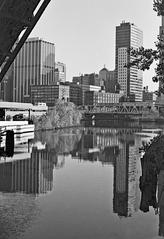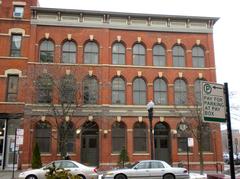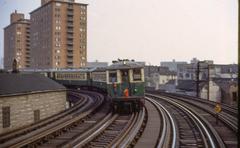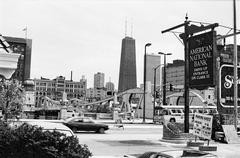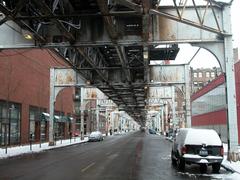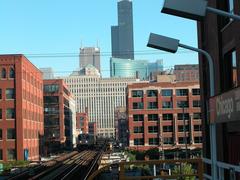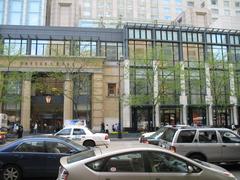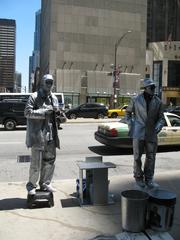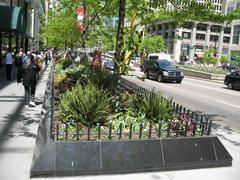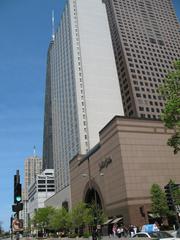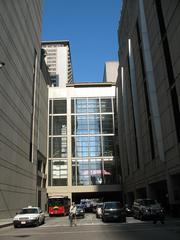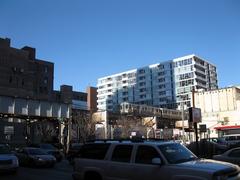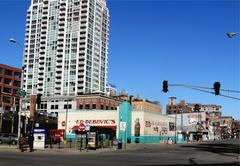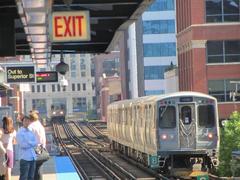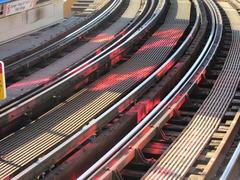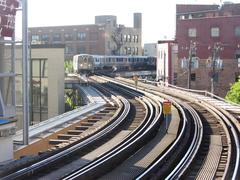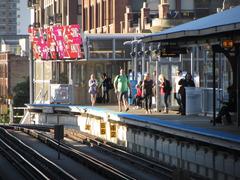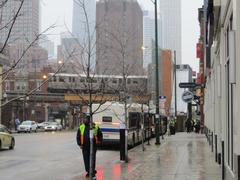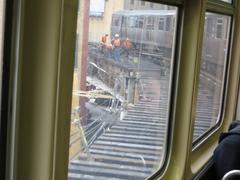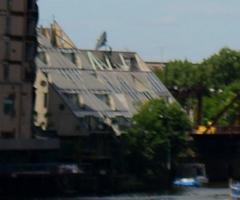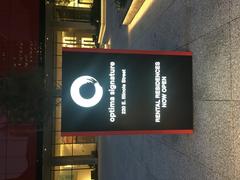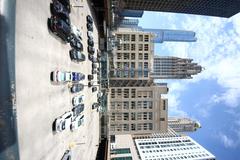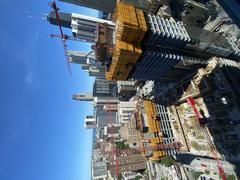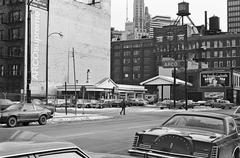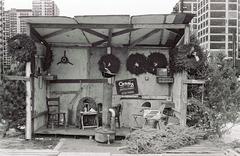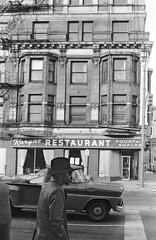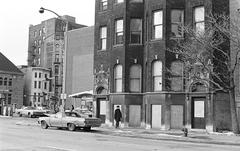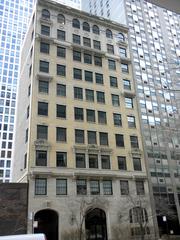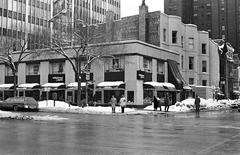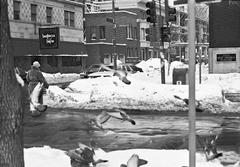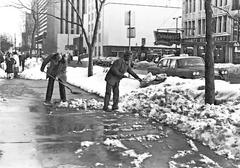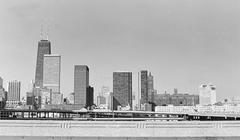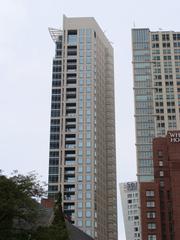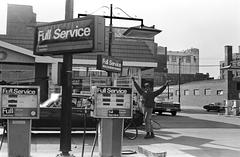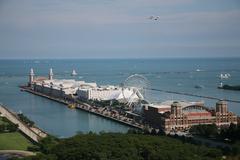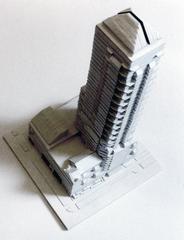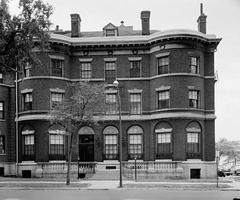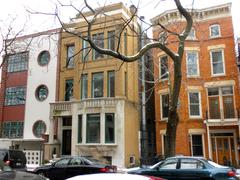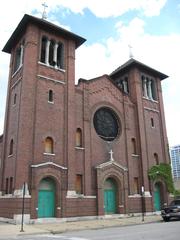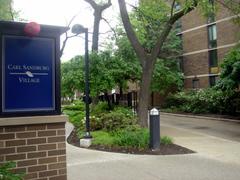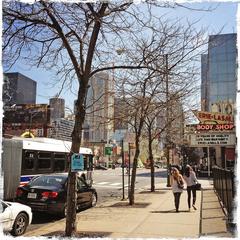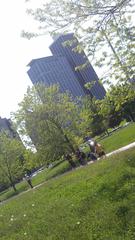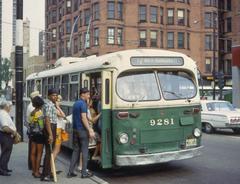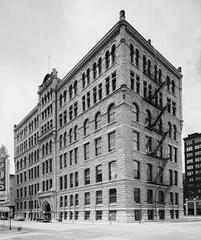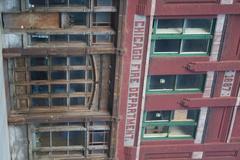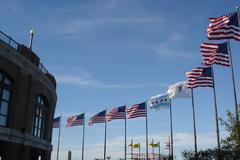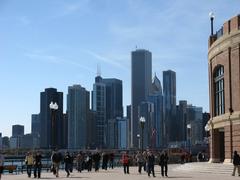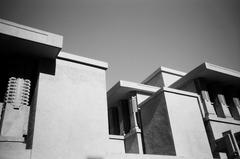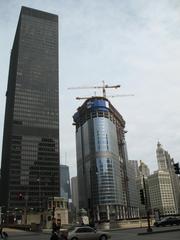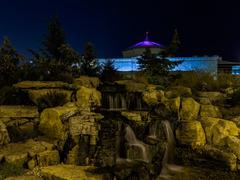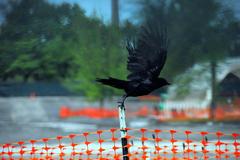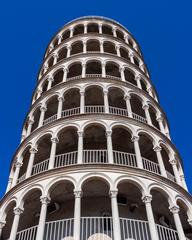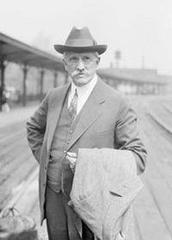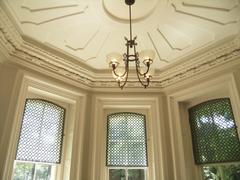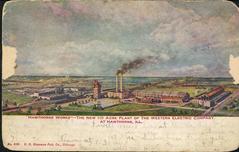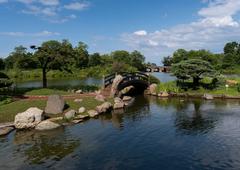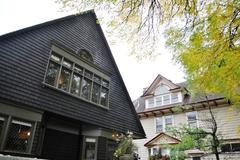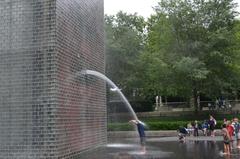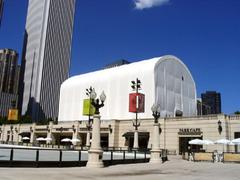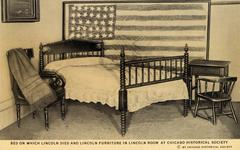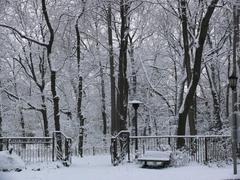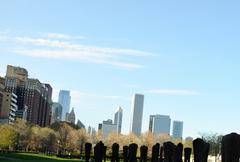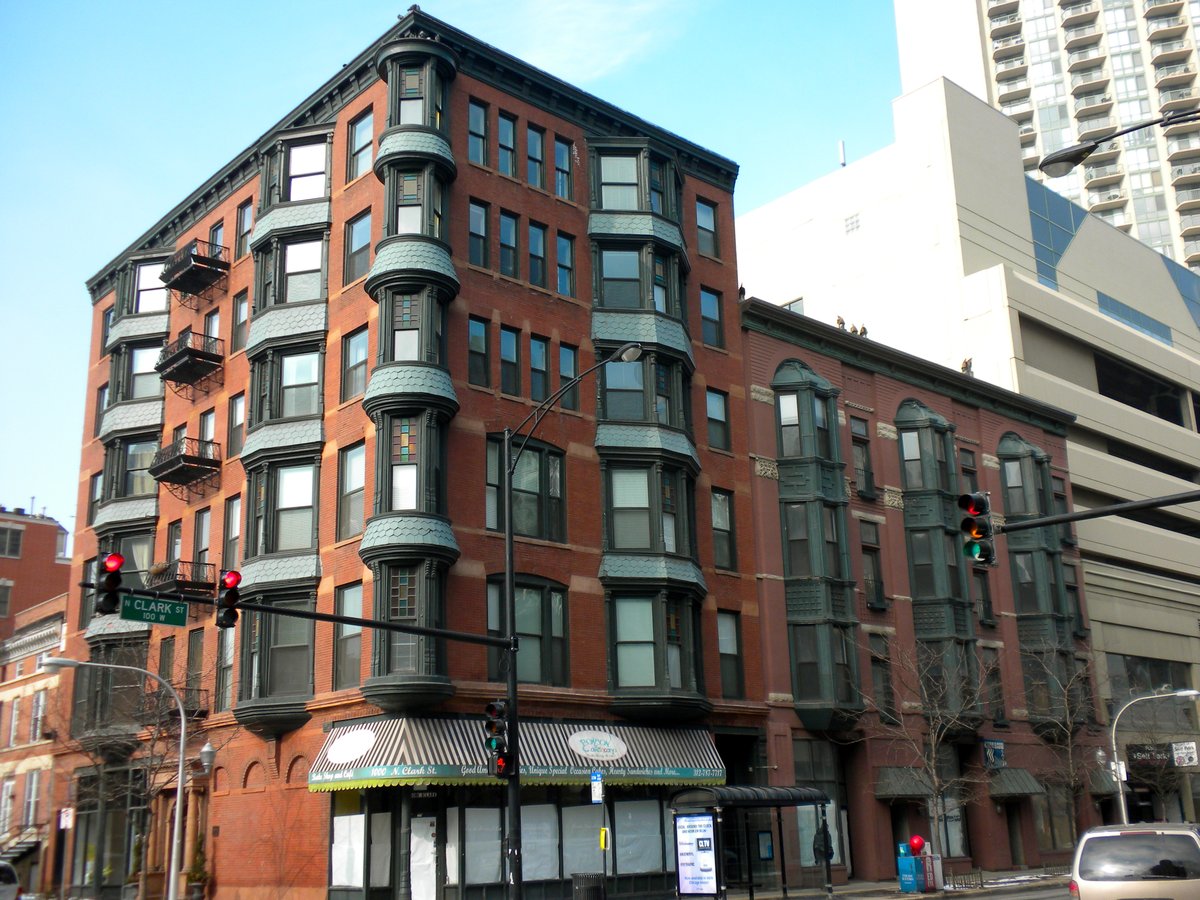
Chicago Riverwalk Visitor Guide
Last Updated: 17/07/2024
Introduction to the Chicago Riverwalk
The Chicago Riverwalk is a vibrant and pedestrian-friendly path that meanders through the heart of Chicago, showcasing the city’s stunning transformation from a bustling commercial hub to a global metropolis. This scenic waterfront destination offers a unique blend of natural beauty, historical significance, and modern charm, making it a must-visit for locals and tourists alike. The Riverwalk stretches 1.25 miles from Lake Street to Lake Michigan, providing a unique perspective on Chicago’s architectural grandeur and urban vitality. Whether you’re a history enthusiast, an architecture aficionado, a food lover, or simply looking for a picturesque spot to spend the day, the Chicago Riverwalk has something for everyone. (City of Chicago)
The Chicago River has always been central to the city’s identity, serving as a vital resource for the indigenous Potawatomi people and a strategic trading route for European traders in the 17th century. Over the centuries, the river evolved from a bustling commercial waterway to a neglected industrial zone, and finally, to the urban oasis it is today. The transformation of the Riverwalk began in earnest in the mid-20th century, with visionary planners like Daniel Burnham and city leaders like Mayor Richard M. Daley championing its revitalization. Today, the Riverwalk is a testament to Chicago’s commitment to urban renewal and beautification, offering a seamless blend of history, culture, and modern amenities. (Encyclopedia of Chicago; The Metropolitan Water Reclamation District of Greater Chicago)
Contents at a Glance
- Introduction
- History of the Chicago Riverwalk
- A River Runs Through It - The Early Days
- The Reverse and Its Impact
- A Vision for Revitalization - The Birth of the Riverwalk
- From Industrial Corridor to Urban Oasis - The Riverwalk’s Expansion
- Visitor Information
- Visiting Hours
- Tickets and Accessibility
- Travel Tips
- Best Time to Visit
- Photography Spots
- Guided Tours
- Dining
- Nearby Attractions
- Millennium Park
- Art Institute of Chicago
- Willis Tower Skydeck
- Navy Pier
- Conclusion
Explore Chicago Riverwalk - History, Tickets, Visiting Hours, and Top Travel Tips
History of the Chicago Riverwalk
A River Runs Through It - The Early Days
The Chicago River has always been central to the city’s identity. For the indigenous Potawatomi people, it was a vital resource for fishing and transportation. European traders arriving in the 17th century recognized its strategic importance, establishing trading posts along its banks.
As Chicago boomed in the 19th century, the river became a bustling commercial waterway. Steamboats and schooners, laden with lumber, grain, and other goods, crowded its waters. Wharves and warehouses sprouted along its edges, solidifying its role as the city’s commercial lifeline.
The Reverse and Its Impact
However, this rapid industrial growth came at a cost. The river, used as an open sewer, became heavily polluted. The infamous decision to reverse the flow of the Chicago River in 1900, a marvel of engineering at the time, aimed to address this issue by sending sewage away from Lake Michigan, the city’s drinking water source. (The Metropolitan Water Reclamation District of Greater Chicago)
While the reversal improved sanitation, it also altered the river’s ecosystem and its relationship with the city. The once-thriving shipping industry declined as larger vessels found it difficult to navigate the reversed flow and newly constructed canals. The riverfront, once a hub of activity, gradually transformed into a neglected industrial zone.
A Vision for Revitalization - The Birth of the Riverwalk
The idea of transforming the Chicago River into a recreational and aesthetic asset began to take shape in the mid-20th century. Architect and city planner Daniel Burnham, known for his visionary 1909 Plan of Chicago, envisioned a continuous riverfront promenade lined with parks and public spaces. (Encyclopedia of Chicago)
Progress was slow but steady. The first section of the Riverwalk, a narrow walkway along Wacker Drive, opened in 1939. However, it wasn’t until the late 1970s and early 1980s, with the decline of heavy industry and a renewed focus on urban renewal, that the vision for a revitalized riverfront gained momentum.
From Industrial Corridor to Urban Oasis - The Riverwalk’s Expansion
Mayor Richard M. Daley, a champion of urban beautification, played a pivotal role in the Riverwalk’s expansion and transformation. Under his leadership, the city embarked on an ambitious plan to extend the Riverwalk, adding landscaping, seating areas, and public art.
The Riverwalk’s popularity soared with each new phase. The addition of restaurants, bars, and boat tours further enhanced its appeal, turning it into a destination in its own right. Today, the Riverwalk stretches 1.25 miles from Lake Street to Lake Michigan, offering a unique perspective on Chicago’s architectural grandeur and vibrant urban life. (City of Chicago)
Visitor Information
Visiting Hours
The Chicago Riverwalk is open daily from 6 a.m. to 11 p.m. Some sections and amenities may have different operating hours, so it’s recommended to check the official website for the most up-to-date information.
Tickets and Accessibility
Access to the Riverwalk is free. However, certain attractions like boat tours, kayak rentals, and some events may require tickets. The Riverwalk is designed to be accessible to everyone, with ramps and elevators available for those with mobility issues.
Travel Tips
- Best Time to Visit - Spring and summer offer the most pleasant weather for strolling and outdoor activities. Fall provides a picturesque backdrop with colorful foliage.
- Photography Spots - Don’t miss the iconic view of the city skyline from the Riverwalk, particularly at sunset. The Vietnam Veterans Memorial Plaza and the floating gardens are also popular spots.
- Guided Tours - Consider joining a guided tour to learn more about the Riverwalk’s history and architecture. Options include walking tours, bike tours, and architectural boat tours.
- Dining - Numerous dining options are available along the Riverwalk, ranging from casual eateries to fine dining. Make sure to try some local favorites.
Nearby Attractions
- Millennium Park - Just a short walk away, this iconic park features the famous Cloud Gate sculpture (also known as “The Bean”), the Crown Fountain, and the Jay Pritzker Pavilion.
- Art Institute of Chicago - A world-renowned museum with a vast collection of art from various periods and regions.
- Willis Tower Skydeck - Offers breathtaking views of the city from one of the world’s tallest buildings.
- Navy Pier - A historic pier with shops, restaurants, and entertainment options, including the Centennial Wheel.
Conclusion
The Chicago Riverwalk is a shining example of urban transformation, blending history, culture, and modern amenities into a single captivating destination. Whether you’re a history buff, a photography enthusiast, or simply looking for a pleasant stroll, the Riverwalk has something for everyone. Plan your visit today and experience the magic of this urban oasis.
For more updates and travel tips, follow us on social media or download our mobile app Audiala.
